Juno is an interoperable Smart Contract Network built using the Cosmos SDK. Juno was created to remove the computational burden associated with smart contracts from Cosmos Hub. It also serves as an open network that allows cross-chain smart contract transactions. JUNO was created with the goal of creating a sister-hub in the Cosmos network. It currently serves as a sovereign, public blockchain within this Cosmos ecosystem.
47% of Juno’s genesis supply was airdropped to Cosmos’ ATOM stakers on a 1:1 basis to everyone during a February 2021 snapshot.
Native interoperability and low cost have all contributed to the rapid rise in utility and demand for $Juno (the native token of Juno).
This is a brief overview of Juno’s native token. You can also learn how to purchase JUNO using a simple method.
Now, let’s jump right in!
What’s the Juno Network?
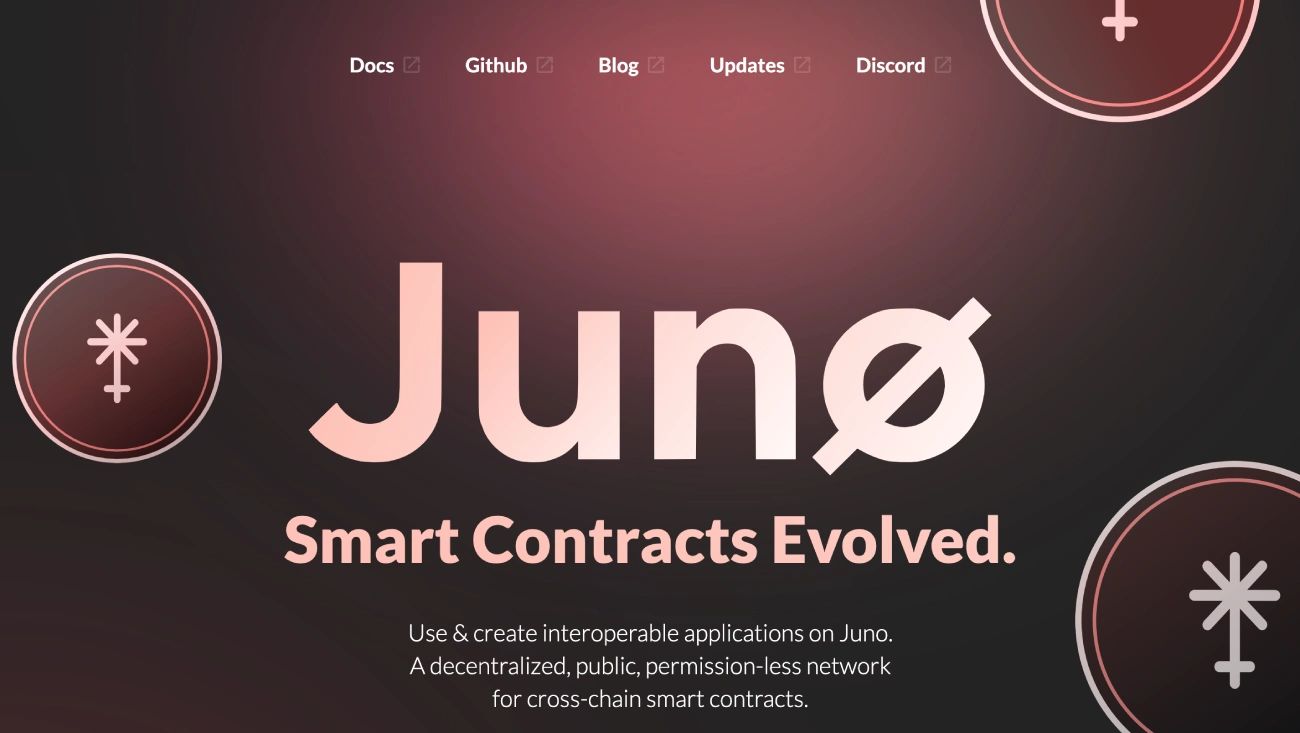
Juno is a layer-1 permissionless Smart Contract Network that acts as a hub within the Cosmos ecosystem. It provides a platform for interoperable smart contract deployments. The decentralized and permissionless network lets developers efficiently and securely launch smart contracts using proven frameworks and compile them in various languages Rust & Go (among the youngest open-source programming languages).
Juno uses IBC (Inter-Blockchain Communication), which is a protocol that allows one blockchain to connect with another. Juno can use IBC to transmit data packets between other networks that support IBC. This allows Juno the possibility of creating cross-network smart contract. Juno is a project that aims to reduce the complexity of smart contracts and allow the Cosmos ecosystem to focus on the core functions, such as security.
How Did Juno Originate
Juno is the brainchild of a community-driven initiative evoked by developers, validators & delegators of the Cosmos ecosystem with a shared vision to safeguard the neutrality, reliability, and performance of the Cosmos Hub. It was created to enable interoperable smart contract deployments to be transferred to a sister hub.
Juno began by offering tokens for staked $ATOM owners. 42.4% went to addresses below 50,000, 25.54% was reserved for community spending and 15.54% to development. Only 3.6% of initial supply will be used to fund incentivized events such as JunoHacks. 2.7% of supply are held by Juno, and vested and distributed gradually over twelve years.
How does the Juno Network work?
Juno offers High scalability at low cost. Juno’s network is designed to execute, govern or document pertinent activities and actions in accordance with contracts. Decentralized and censorship resistant, developers can launch smart contracts that are specific to their applications in Rust or Go. In the future, there may also be C++ or C++. The contracts are then compile to CosmWASM which allows WebAssembly virtual machine in the Cosmos SDK. WebAssembly lets software in various languages run on the blockchain securely.
With the assistance of Tendermint BFT, the Cosmos SDK Framework simplifies developing secure decentralized apps (DApps). Tendermint makes it easy for developers to save time and effort by merging the consensus and networking layers of blockchains into one generic engine. This allows developers to concentrate on developing apps and not the underlying protocols.
What’s $JUNO?
A crucial component of the Juno ecosystem is the project’s native token: $JUNO, which holds multiple use cases within the Juno network. This token can be used for both on-chain governance, and security of the whole network. It runs on a Proof of-Stake consensus algorithm. $JUNO, which is 100 percent community-owned, operates on smart contracts platform. It’s used as collateral for various smart contract functionalities and acts as a work token to capture value from the multiple DApps built on top of Juno.
As developers play a crucial role in the ecosystem, Juno’s community pool has one of the most significant genesis allocations in the Cosmos ecosystem. By providing funding, the community pool supports future initiatives.
JUNO Tokenomics
JUNO was launched in 2021 and currently ranks #86 at CoinStats. Market capitalization is $1.2B. Current supply at 67.228,132. Circulating supply is 40.428,168. Maximum supply is 73.027.881. You can check the JUNO current price and historical stats. CoinStats. JUNO is up 158.64% in the last year, showing a positive bullish trend that will benefit its investors.
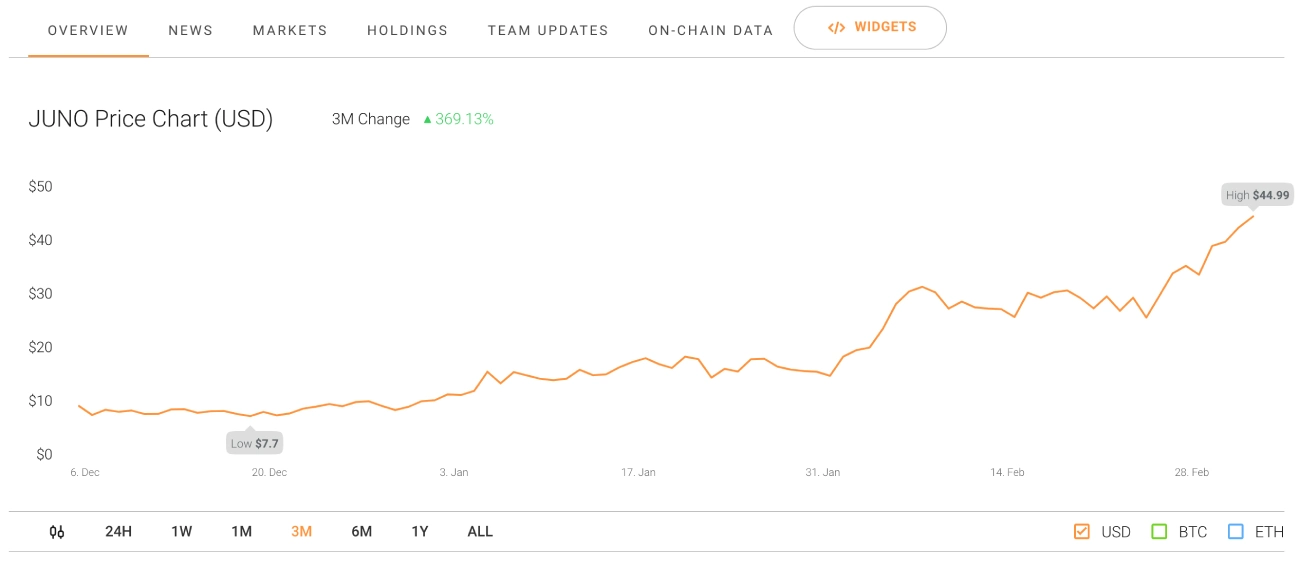
Where to Purchase JUNO
JUNO cannot be bought on any decentralized exchanges that are not backed by another cryptocurrency. To buy the JUNO token, you’ll need first to purchase Ethereum (ETH) or Bitcoin (BTC) and then use them to buy JUNO. In doing so, you’ll need a cryptocurrency exchange that allows you to buy Bitcoin or Ethereum with a bank account or credit card. You can trade JUNO using popular e-wallet platforms like Binance, Osmosis and Coinbase.
You cannot buy the JUNO token directly on Coinbase, Coinbase Wallet or Binance. It can be purchased on Osmosis or Sifchain and CoinStats. These are the steps that will help you purchase Juno’s network.
Step 1. Setup an exchange account
After you’ve decided on a reliable fiat-to-crypto exchange that allows you to purchase BTC or ETH, the next step is to open a trading account. Binance, Coinbase, and Coinbase are two of the top-rated, most user-friendly, low-cost, and well-respected ewallet crypto exchanges. You will need to provide different information depending on which platform you choose. Personal information such as your name, contact number, email address, home address, social security number, and a copy of your driver’s license, passport, or government-issued ID will be required in most transactions. This information is required to authenticate and begin trading. This will allow you to use your mobile number for two-factor authentication.
Step #2: Order BTC or Ethereum
JUNO tokens can only be purchased against BTC and ETH. To do so, first you must buy Bitcoin or Ethereum tokens. JUNO’s most popular trading pair is JUNO/BTC; therefore, experts recommend the purchase of BTC over ETH. Simply purchase BTC using your Binance or Coinbase account. Firstly, select the ‘Buy Crypto’ tab, then search for BTC, and click on ‘Buy BTC.’ The platform will now take you to the payment gateway and request to add funds from your bank account or credit/debit card.
After the transaction has been completed, transfer BTC/ETH to another exchange wallet that supports Juno.
Step #3: Register for Exchanges supporting Juno
JUNO can currently be traded on Osmosis (Sifchain), and CoinStats. CoinStats, the biggest and most trusted platform to trade JUNO is among them. CoinStats accounts can be set up in the same way as Binance or Coinbase.
Step 4: Deposit BTC/ETH
CoinStats prompts you to connect Coinbase and Binance wallets to your CoinStats account. Securely add your Coinbase Wallet ID or Binance Wallet ID in order to connect the crypto accounts.
Step 5: Purchase JUNO
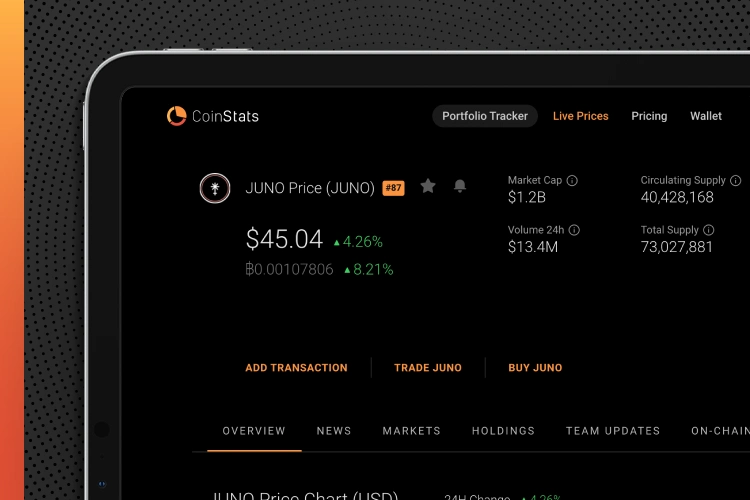
Let’s view the process of purchasing JUNO on CoinStats. Click on JUNO to purchase JUNO. The current trading price of JUNO will be displayed. You can then place an order. CoinStats gives you two options to respond to your query: JUNO network buy or sell. Choose Buy JUNO network and then enter the amount of JUNO tokens that you want to purchase. To complete the transaction, you’ll have to select either the JUNO/BTC or JUNO/ETH trading pair and the BTC or ETH tokens from your added wallet. Congratulations, you’ve purchased JUNO Network (JUNO)! It’s recommended to securely store your newly purchased coins in the wallet of your choice.
How to Keep JUNO
JUNO’s whitepaper suggests that tokens of JUNO should be stored in a Keplr wallet. Let’s look into some of the secure and reliable JUNO-compatible wallets:
Keplr Wallet
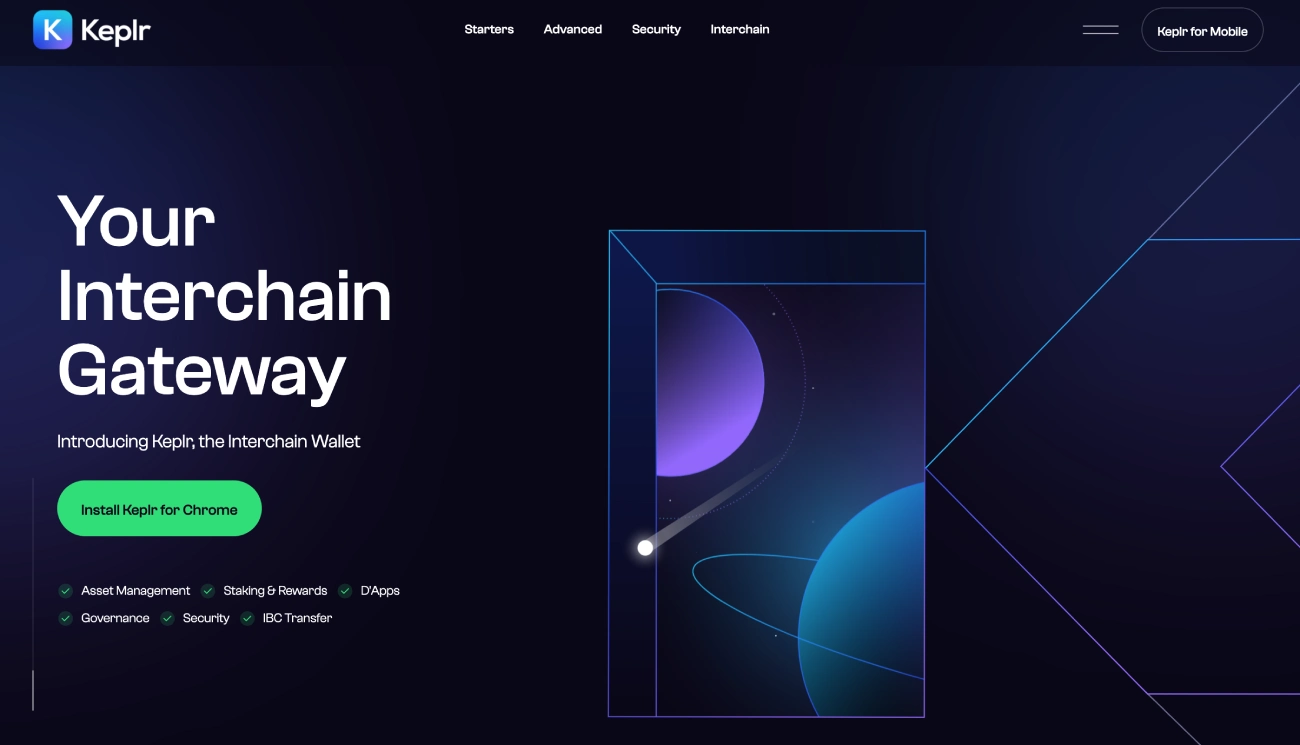
The Cosmos Interchain Ecosystem has created Keplr, a browser extension wallet that is simple and open-source. It’s a software wallet that encrypts and securely stores the user’s private key in the computer. Keplr supports many blockchains, including CertiK and IRISnet as well as Osmosis, JUNO (Kava), Cosmos Hub, CertiK and CertiK. There are many functionalities it offers, including for Cosmos SDK-based cryptos.
CoinStats Wallet
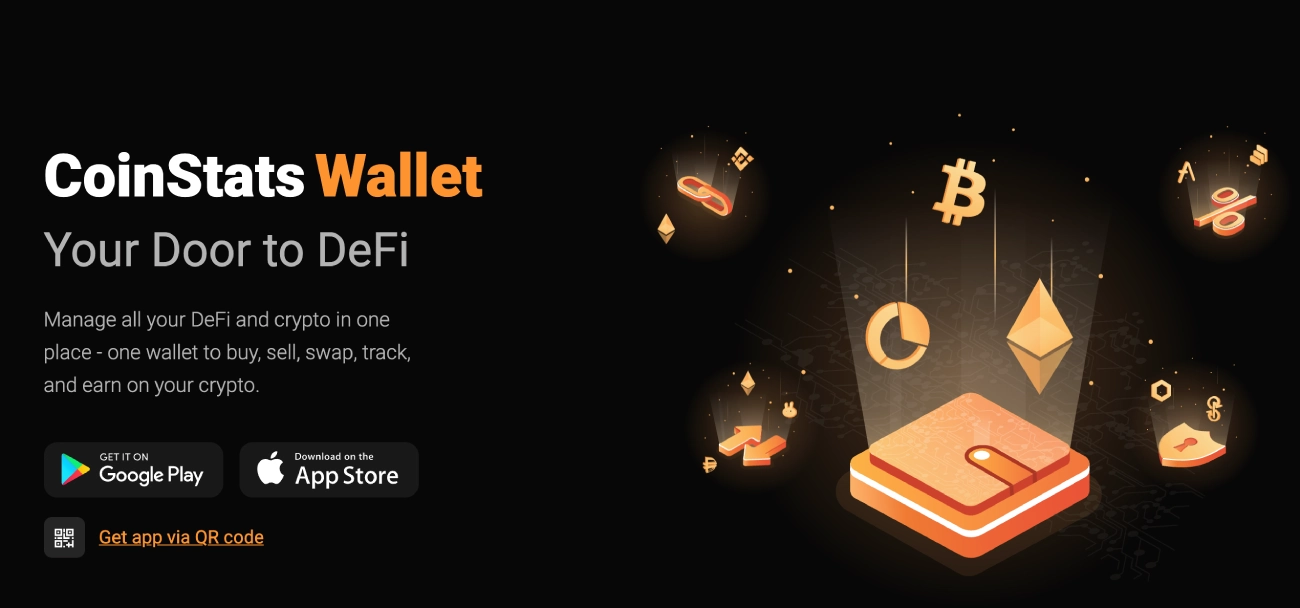
A software wallet, the CoinStats Wallet, harnesses DeFi’s benefits. This software wallet allows you to securely export private keys and gives you total control over both your DeFi assets. With the CoinStats Wallet, you have one solution for trading and SWAPPING Ethereum, Polygon, or BSC. This allows maximum flexibility. It also promises a 20% return on your savings.
Conclusion
Juno supports the creation of interoperable DApps and is poised to transform the interoperable smart contracts space. It’s a decentralized, public, permissionless network for cross-chain smart contracts. Juno is 100% community-driven and over 90% is held by the community. The high scalability and low costs already serve as Juno’s competitive advantage over other Smart Contract networks.
Experts predict that JUNO’s price will increase. This layer 1 cryptocurrency project is community-driven and has gained considerable traction. The project’s future performance is unknown as it remains in the early stages.